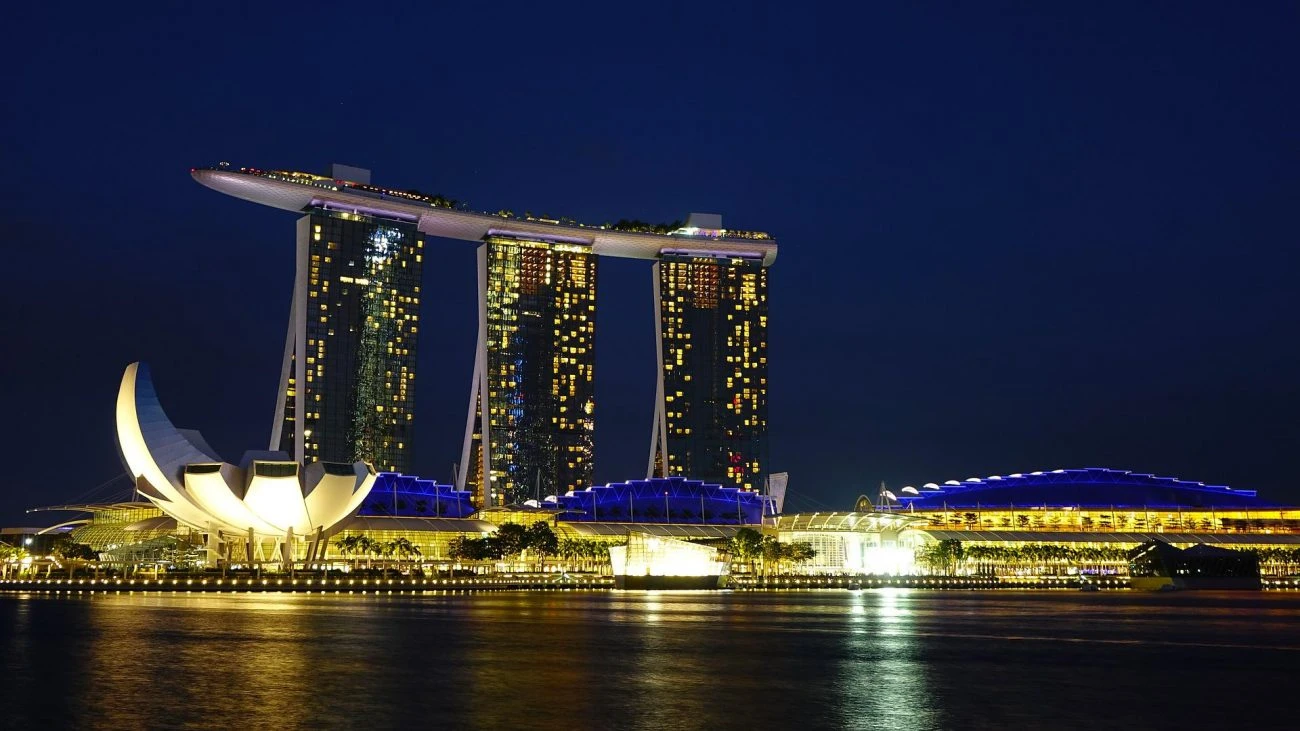Sands beats H1 expectations amid Asian rebound

Revenue for Las Vegas Sands stood at $2.54bn for the quarter, representing a 143% increase compared to the same period the previous year.
For the six-month period, the business announced $3.40bn in revenue, 154.7% up from last year’s total of $1.34bn.
The increase in revenue led to a net income of $312m, as opposed to a loss of $290m in 2022. For H1 as a whole, income was $513m.
This resulted in earnings per share of $0.46. This was higher than the market expectations, with analyst Zacks’ consensus estimate for the company’s performance being $0.45 per share.
Sand’s adjusted property EBITDA was $973m for the quarter, which the business said represented its best financial performance 2019.
With most the operator’s revenue generated by Macau operations, the company has greatly benefited from the end of zero-Covid in China and the resulting rebound in the special administrative region’s tourist trade from the mainland.
Rebound in travel and tourism for Sands H1
“We were pleased to see the robust recovery in travel and tourism spending underway in both Macao and Singapore progress during the quarter,” said Sands’ chairman and CEO, Robert G Goldstein.
“We remain enthusiastic about the opportunity to welcome more guests back to our properties throughout the remainder of 2023 and in the years ahead.”
According to the business, the number of visitors in Macau has recovered 70% of 2019 levels. In June, Macau received 2,209,662 visitors, up 480% year-on-year.
Overall, Sands’ Macau properties reported $1.63bn in the three-month period ending 30 June, a 335% increase from the $374m achieved last year.
Meanwhile, the company’s Singapore casino Marina Bay Sands reported a 36% increase in revenue rise to $925m.
However, the property is still the highest-earning Sands property by revenue. The Venetian Macao in comparison generated $653m during the quarter.
Bullish on Singapore prospects
During the Sands earnings call, president and COO Patrick Dumont outlined the business’ thinking regarding the prospects of the Singapore casino market.
“First off, we have very strong feelings about the future success of Singapore,” he said.
Dumont explained that the quarter’s financial results, the customer profile of visitors, the continuing weakness in China and Singapore’s macroeconomic performance influenced the business’ view on the future of the city state’s casino market.
As such, the business said that it would be looking to invest in its Marina Bay Sands business to increase its capacity.
“Right now, we’re in discussions with the government about what the final form of our project will look like,” he said.
Continuing recovery in Macau
Despite the recovery in Macau, revenue in the region remains below the business’ Q4 2019 total of $2.24bn, a sign that the market has not yet recovered to its pre-Covid peak.
The business also noted the continuing weakness in the mainland Chinese economy.
However, Goldstein said that Sands had a positive view of the market trends.
“We think Macao will just continue to get stronger,” he said. “And the recoveries will be predicated on visitation in all segments.
“Our story is pretty simple, more visitation, especially more base mass, more penetration into China will yield bigger GGR and we’ll be a huge recipient of that,” he added. “And I think that’s just what we believe in partly.”
Arguing that the Macau market is “special”, Goldstein said that despite the slow recovery in China, revenue totals were moving in the right direction.
“The summer will be a great indicator how fast to get back to $26bn, $30bn, $32bn,” he said.
Costs climb as interest on debt bites
Sands overall operating costs were $2.01bn for the quarter and $3.75bn for the half year period.
While the majority of Sands’ costs remained stable year-on-year, the business saw its resort operations costs nearly double to $1.58bn to $842m.
Development costs grew as well but remained modest compared to overall revenue, standing at $54m, compared to the $22m invested in 2022.
On a quarterly basis, Sands’ costs rose close to 10% from the $1.74bn spent in Q1.
Highlighting the increased costs, Dumont said that the business would need to improve its customer profile in order to succeed going forward.
“There are some things we need to overcome through higher-value customers, through pricing and through volumes,” he said.
The costs of serving Sands’ debt also rose during the quarter to $210m, compared to the $162m the previous year. The operator took on significant debt during the Covid-19 pandemic to maintain its operations.
As of 30 June 2023, total debt stood at $14.70bn.
Sands digital strategy: Builders not buyers
Dumont also outlined the business’ thinking in terms of its digital strategy.
While he said Sands was working on a digital offering, he added that it was “still early days yet”. However Dumont made clear that the company would be investing in in-house digital capabilities rather than purchasing an off-the-shelf solution.
“We’re not buyers, we’re builders,” he said.
Arguing that the long-term prospects of the segment for Sands, Dumont said that the business would be committed for the long-term.
“Our goal is to make sure that we maintain our regulatory standards in the best possible way, only working with partners where that makes sense and being very selective,” he added.
